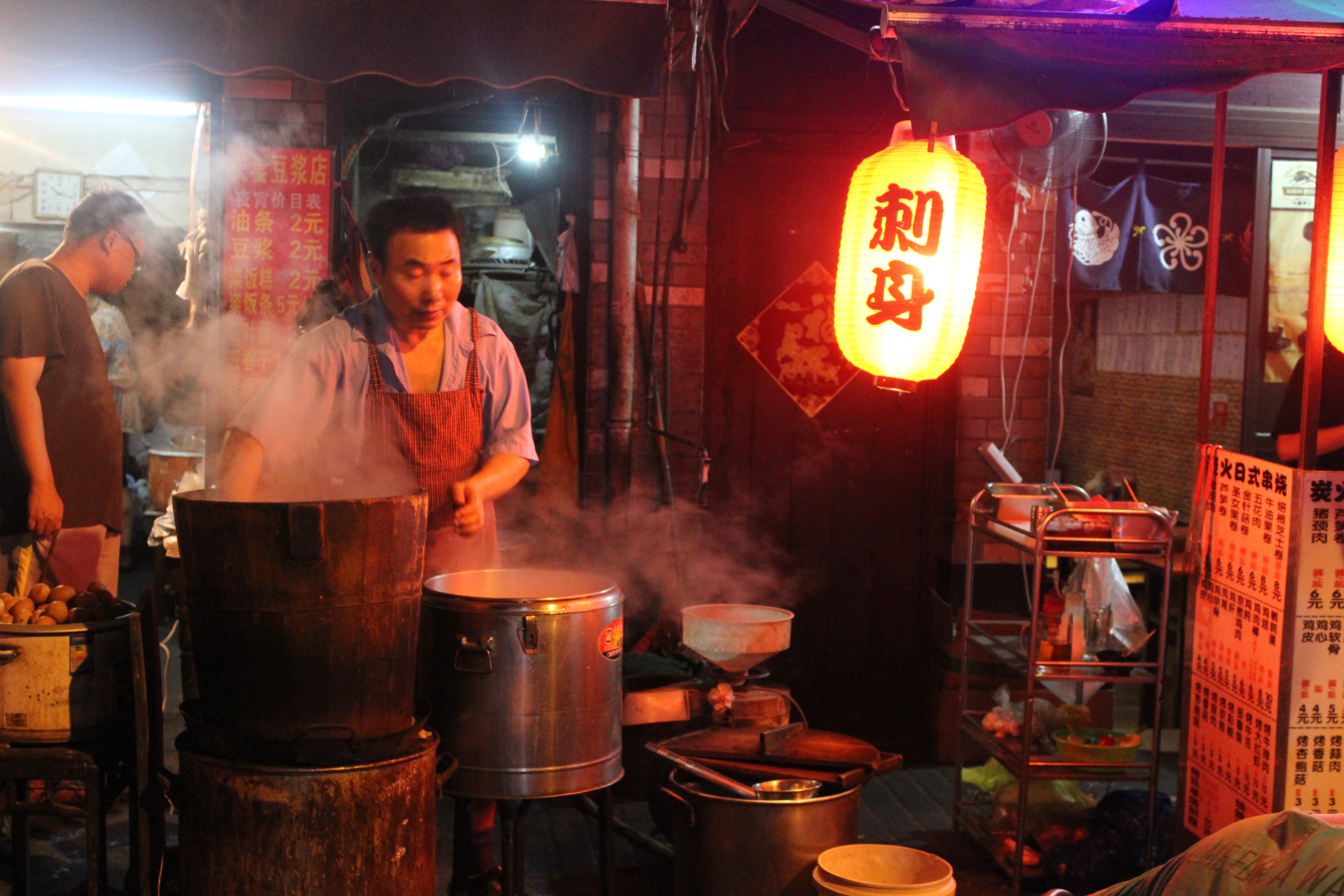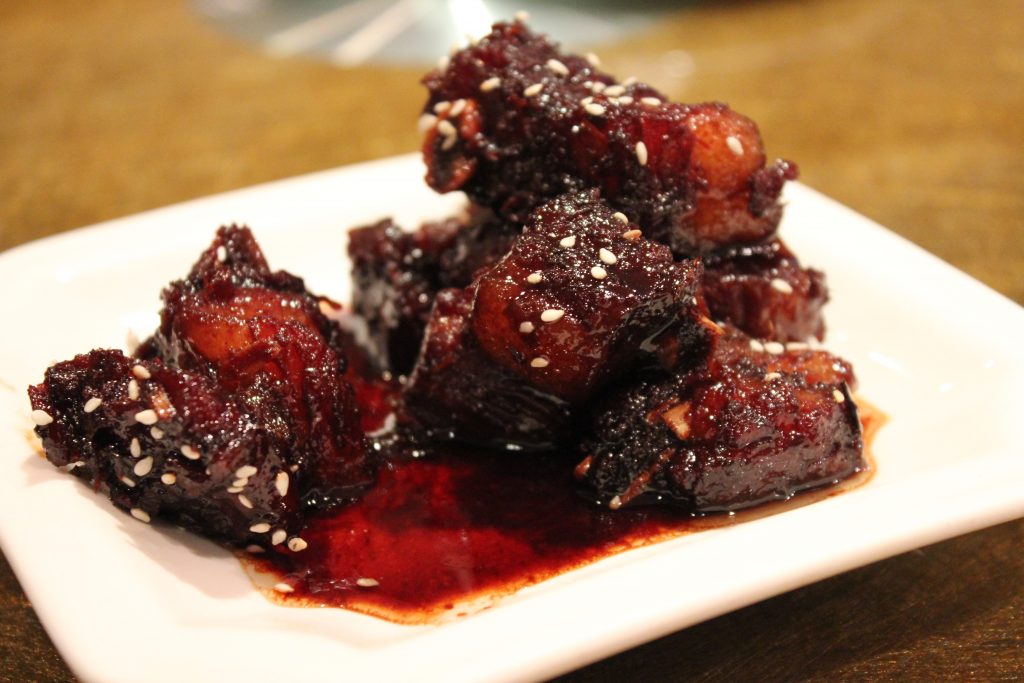What foreigners often think of as “Chinese food” is often Cantonese cuisine. When you visit a city like Beijing (the political capital) or Shanghai (the financial capital), you’ll have the opportunity to sample dishes from all over the country. These megacities attract millions of migrants who bring their local culinary traditions and ingredients with them – so you can eat authentically from almost every province! The language barrier can prove intimidating, but use these simple tips below and you’ll be able to eat shoulder to shoulder with locals.
Bring Photos
Craving a particular dish? Going to a place because you heard it has a specialty that sounds amazing? Google search images of the dish and take a screenshot. For example if you’ve heard about the classic Shanghainese dish “red-braised pork”, you can show them this screenshot to make sure you get what you want.
Red-braised pork
Use a Translation App
There are so many translation apps to choose from. Most of the apps convert words typed in English to Chinese characters. Some even allow for verbal dictation. Google Translate (whose app is NOT blocked in China despite all the other Google products are) even allows you to use your camera for real time translation of written characters. This will help you communicate with your server and read menu items, but keep in mind, literal translations can be misleading. There’s a great vermicelli and pork dish in Chinese that translates directly as “ants climbing on a log”, but there are no ants or wood in the dish.
A super convenient and functional app for translating menu items is Waygo. It comes with 10 free translations per day and it costs US$6.99 for unlimited access to Chinese menu translations; a well worthy expenditure. Google Translate and Papago are great for communicating phrases and questions to servers.
DO NOT rely on a translation app to inform your server of serious dietary restrictions such as allergies. See the tip below titled “Communicating Dietary Restrictions”.



From left to right: Google Translate, Papago, and Waygo
Book with UnTour Food Tours
UnTour Food Tours is not your typical tourist experience. Our small, passionate team of food lovers have been taking guests off the beaten path to eat shoulder-to-shoulder with locals since 2010. On our tours, you’ll explore neighborhood eateries, mom-and-pop owned dumpling houses and noodle shops and a few street food vendors.
As a bonus, all guests on our tours receive a welcome packet that provides bilingual restaurant recommendations. These are our favorite restaurants in the city, and we also provide English & Chinese dish recommendations of their greatest hits, so we promise you’ll have a great meal.
Check Out the Dishes on Other Tables
As you walk to your table, scan the tabletops you pass. If you see the same (or a similar looking) dish on multiple tables, that’s probably a good choice. For example, if every table is slurping down piping hot bowls of noodle soup, it couldn’t hurt to skip the rice based dishes at this place and ‘do what the locals do’! Feel free to simply point to a dish someone at the table next to you is contentedly immersed in, and the waiter will get the picture.
Keep an Open Mind
The element of surprise inevitably comes with trying new foods. When eating at a new restaurant in a new country one will occasionally be served an unexpected meal. This is a great opportunity to expand your horizons and become immersed in a new environment. Get into the adventurous spirit and go with the flow!
Communicating Dietary Restrictions
Of course there is one exception to ‘keeping an open mind’. Those who have dietary restrictions need to make sure allergies are being communicated clearly. It is well worth investing in a professionally made translation card. Below are links to UnTour Food Tours’ allergy communication cards for some dietary restrictions, as well as some third party translation cards.
Nut, Shellfish & Diary Allergies (Also here)



Leave a Reply